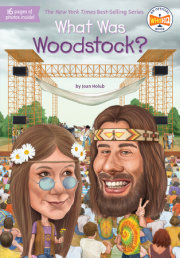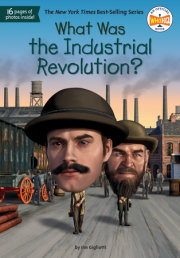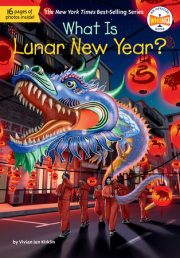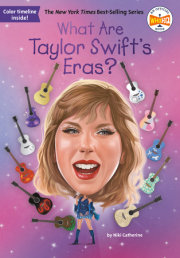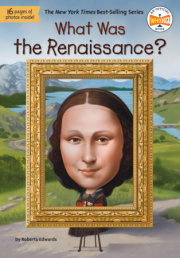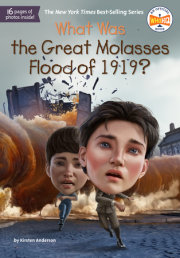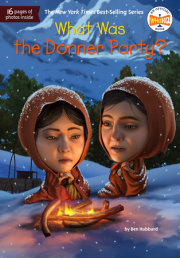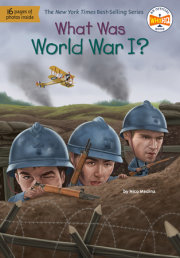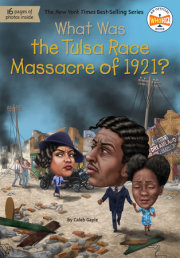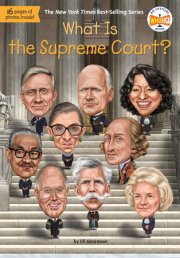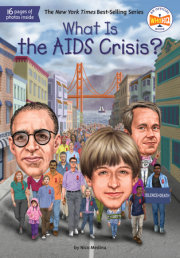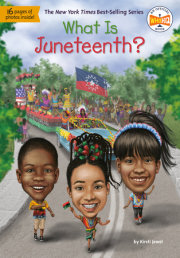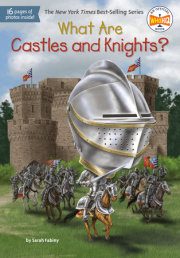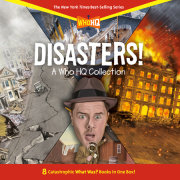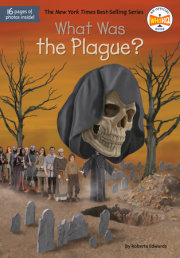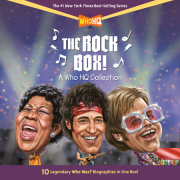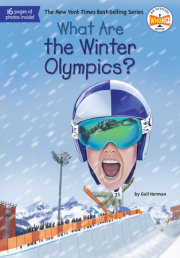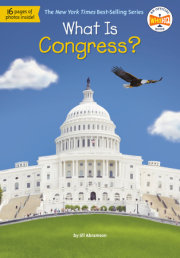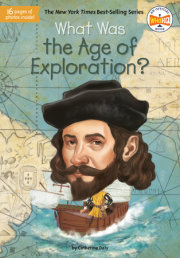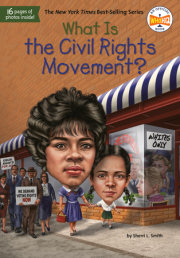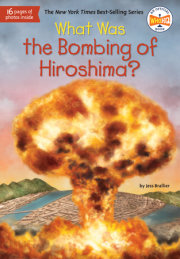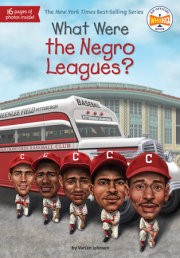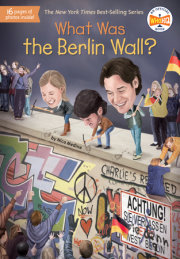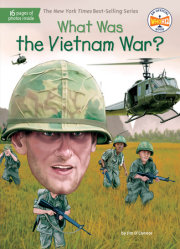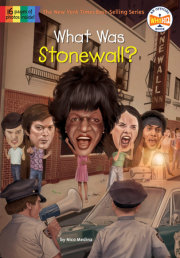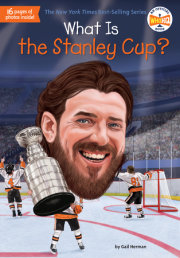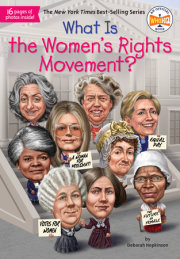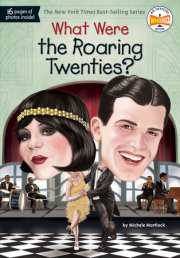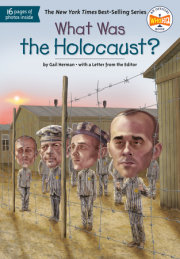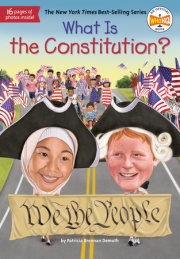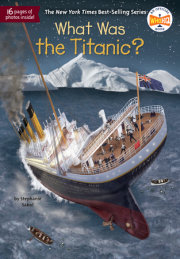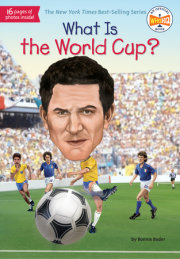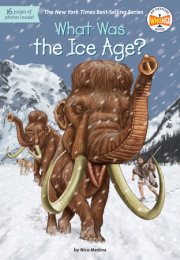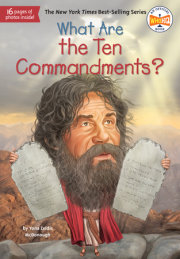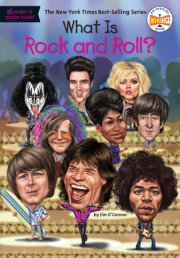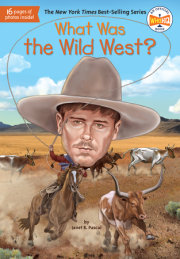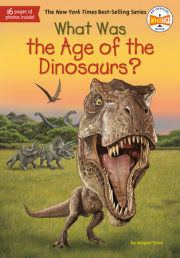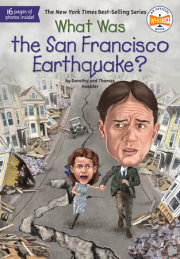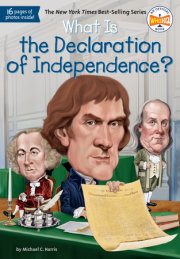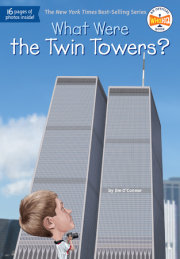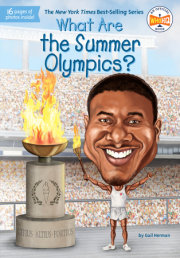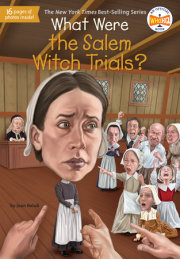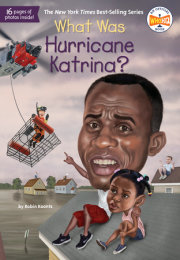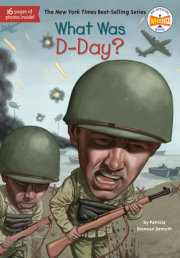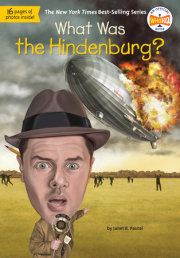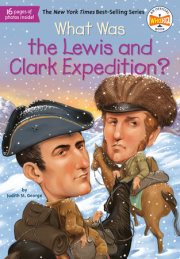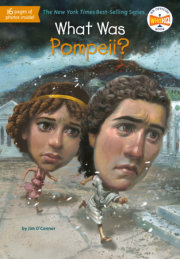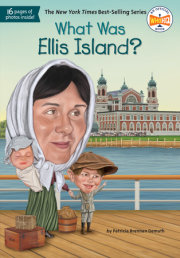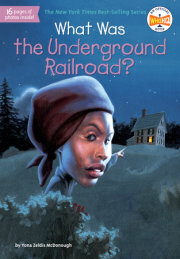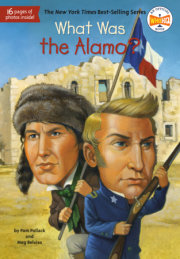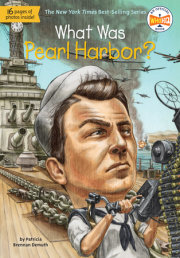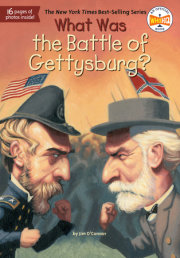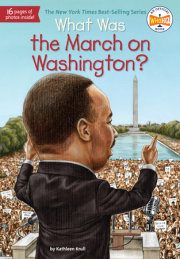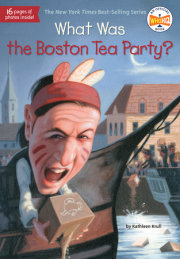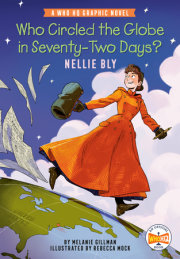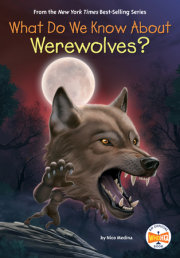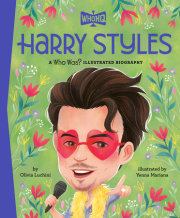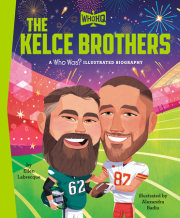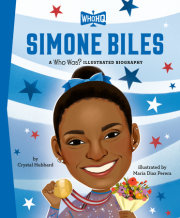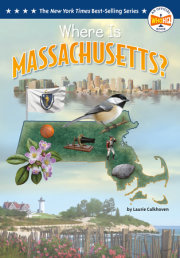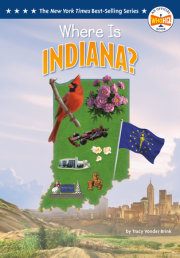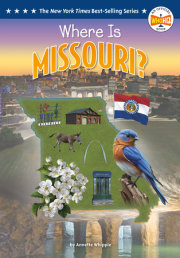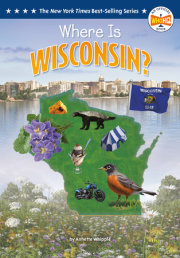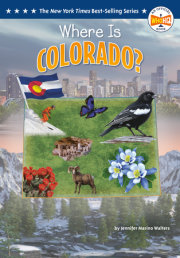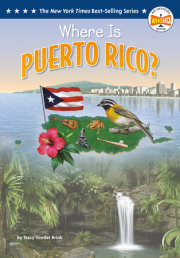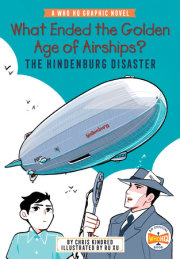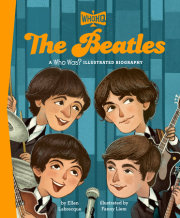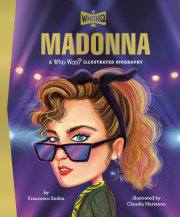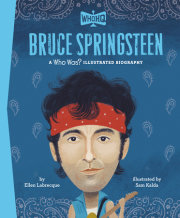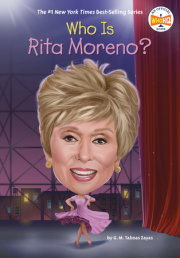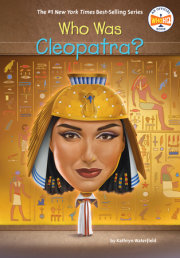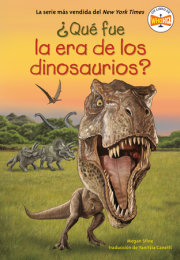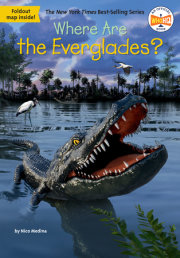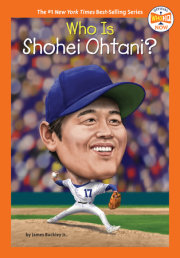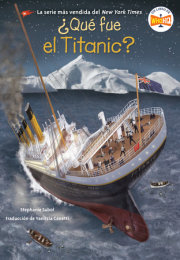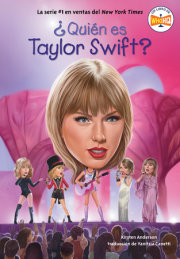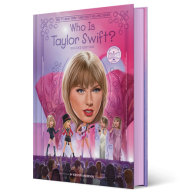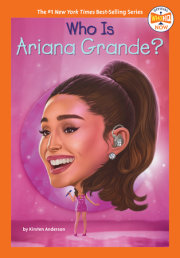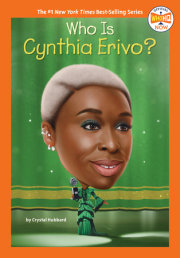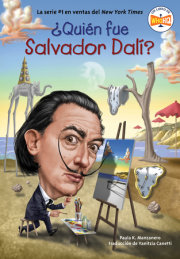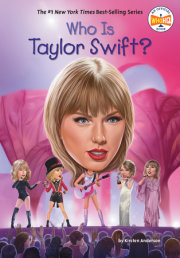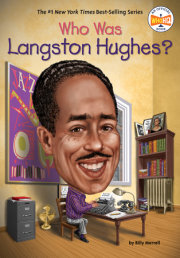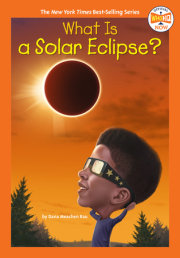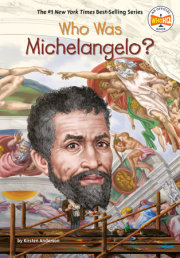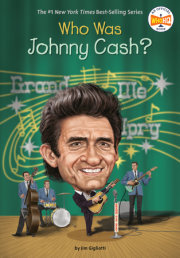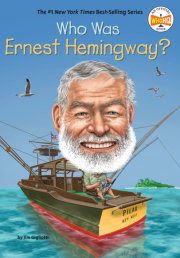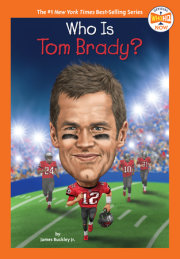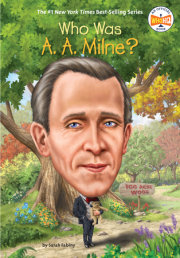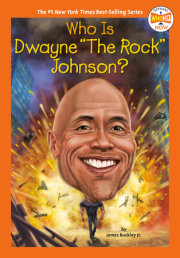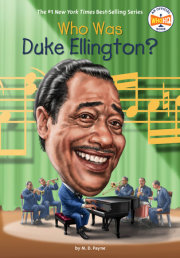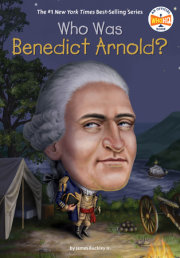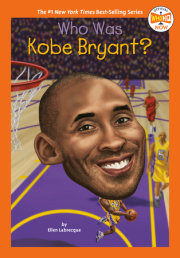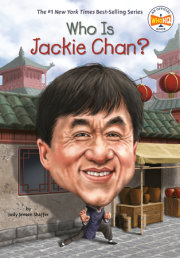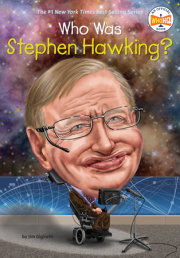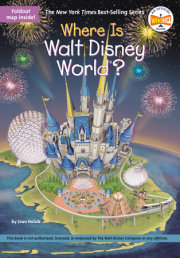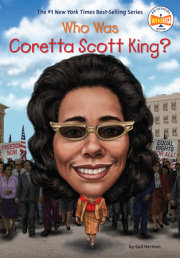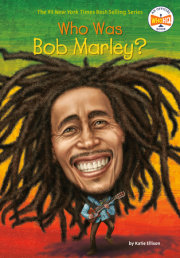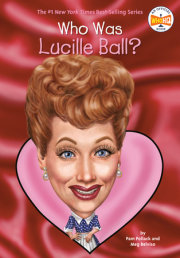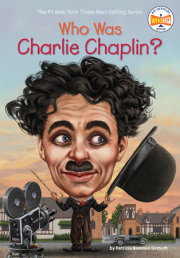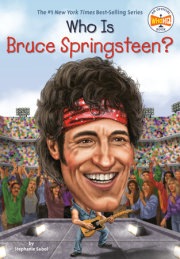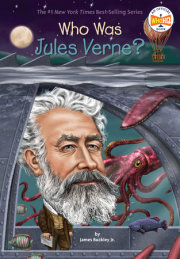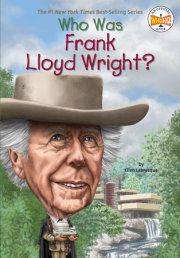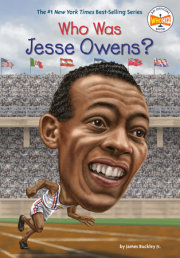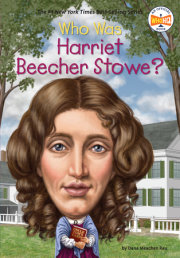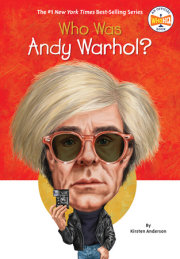
What Was Woodstock?
Woodstock was an outdoor rock festival in a small New York town. It took place over three days in August of 1969. Doesn’t sound like anything so special, does it? Yet, today, so many years later, Woodstock has become part of the history of the 1960s.
About fifty thousand people were expected to come. Surprise! Ten times that many showed up—almost half a million people! No concert had ever attracted so many fans. Thirty-two of the hottest rock and folk bands performed onstage. It was a happening—hippie slang for a super-exciting event for cool people.
Woodstock could have been a disaster. The four guys in charge hardly had any experience planning a festival. And a lot did go wrong. Traffic jams for miles around blocked the way to the concert. It rained during the performances, and the electricity went out. There was not nearly enough food or water for the crowd. There weren’t enough bathrooms.
Sounds terrible, doesn’t it? As the festival began, TV and newspapers reported that it was a great big mess. Families panicked. Were their teenagers who’d gone to Woodstock safe? Some people wanted to send in soldiers to stop the festival before it really got started. They expected riots that weekend at Woodstock.
Many thought the festival would be a flop.
It wasn’t. It was exactly the opposite. It was out of sight, which in the 1960s meant awesome.
The crowd at Woodstock thought the music was amazing. Many of the musicians were wowed by the good-natured crowd, too. And nearby townspeople were surprised to discover that the young fans were mostly nice and polite.
The year 1969 was an unhappy time in the United States. Many young people were angry about a far-off war in Southeast Asia. They felt misunderstood and ignored. They were looking for peace, love, and freedom. For three days, that’s what they found at Woodstock.
What Was Woodstock?
Woodstock was an outdoor rock festival in a small New York town. It took place over three days in August of 1969. Doesn’t sound like anything so special, does it? Yet, today, so many years later, Woodstock has become part of the history of the 1960s.
About fifty thousand people were expected to come. Surprise! Ten times that many showed up—almost half a million people! No concert had ever attracted so many fans. Thirty-two of the hottest rock and folk bands performed onstage. It was a happening—hippie slang for a super-exciting event for cool people.
Woodstock could have been a disaster. The four guys in charge hardly had any experience planning a festival. And a lot did go wrong. Traffic jams for miles around blocked the way to the concert. It rained during the performances, and the electricity went out. There was not nearly enough food or water for the crowd. There weren’t enough bathrooms.
Sounds terrible, doesn’t it? As the festival began, TV and newspapers reported that it was a great big mess. Families panicked. Were their teenagers who’d gone to Woodstock safe? Some people wanted to send in soldiers to stop the festival before it really got started. They expected riots that weekend at Woodstock.
Many thought the festival would be a flop.
It wasn’t. It was exactly the opposite. It was out of sight, which in the 1960s meant awesome.
The crowd at Woodstock thought the music was amazing. Many of the musicians were wowed by the good-natured crowd, too. And nearby townspeople were surprised to discover that the young fans were mostly nice and polite.
The year 1969 was an unhappy time in the United States. Many young people were angry about a far-off war in Southeast Asia. They felt misunderstood and ignored. They were looking for peace, love, and freedom. For three days, that’s what they found at Woodstock.
Our mission is to foster a universal passion for reading by partnering with authors to help create stories and communicate ideas that inform, entertain, and inspire.
